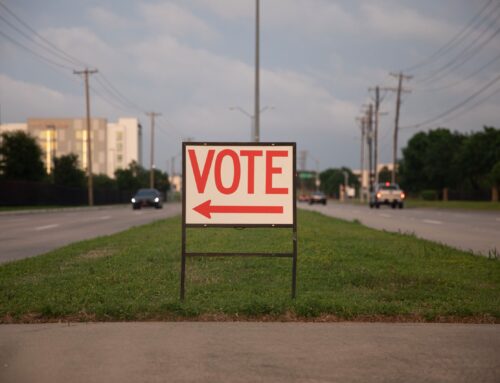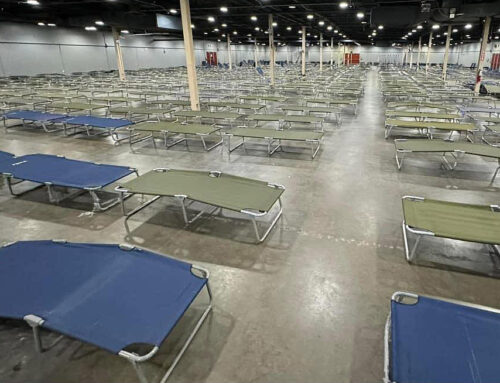Adapted from Jacques Lob and Jean-Marc Rochette’s obscure 1982 graphic novel Le Transperceneige by South Korean writer-director Joon-ho Bong, the politically charged Snowpiercer is a heady mix of art house and megaplex mainstream, beauty and brutality, that rates as one of the best dystopian allegories since George Orwell’s 1984.
Or, to put it in less pretentious terms, it’s like Metropolison a train, but with more violence and less optimism.
The premise is so high-concept that it borders on absurdity: In the current year, the deployment of a chemical to halt global warming has the unforeseen consequence of working too well, bringing about another ice age that wipes out most of humanity. Fast-forward 17 years later, with the few thousand survivors occupy a massive and elaborate train — built by mysterious industrialist Wilford (Ed Harris) and powered by a perpetual-motion engine — that ceaselessly circles the dead and frozen world, plowing through the ice as necessary.
Tensions aboard the train have been boiling over for years, thanks to a class system that has the bulk of the passengers living like steampunk Dickensian paupers in the tail section, while the elite live up in the front. This has lead to more than one uprising, and another is brewing, reluctantly lead by Curtis (Chris Evans), his young ally Edgar (Jamie Bell), and the elderly Gilliam (John Hurt). The obtain the aid of drug-addicted former security expert Namgoong Minsu (Song Kang-ho) and his teenage daughter, Yona (Ko Ah-sung).
Standing between them and their destination is the arrogant, oily middle manager Mason (a remarkable and almost-unrecognizable Tilda Swinton), who likes to remind the upstart passengers of their appropriate, preordained place before loosing her gun- and hatchet-wielding riot police on them.
Thus begins a bizarre odyssey, as the desperate band (which also includes Ewen Bremner and Community‘s Octavia Spencer) makes a Dante-esque journey from hell to relative paradise, vividly realized by Bong, production designer Ondrej Nekvasil (The Illusionist), and cinematographer Hong Kyung-pyo; as they progress, the carriages gradually shift from grungy grey machines to high-tech and occasionally garish, Wonka-like environments.
Bong occasionally lays the allegory on thick while upsetting the status quo, but like the titular locomotive, Snowpiercer never loses forward momentum. The drama is haunting and all too relatable, though Bong’s trademark vein of dark humor often comes into play. (None of the characters are ever safe, so don’t get too attached to anyone as death comes swiftly and without preamble in this film.) Bong’s pacing is taut and superb, and he and his crew serve up some truly harrowing action sequences, especially in the middle portion of the film when the sparely armed and outnumbered protagonists battle the train’s security forces in a prolonged sequence, a portion of which takes place in near-total darkness.
Most importantly, Snowpiercer is a rare movie that respects the audience’s intelligence, subtly mining Titanic (in a good way), The Wizard of Oz, and Runaway Train for tropes. It adds up to a disturbing portrait of an ugly future that, as far-fetched as it is, seems all too believable to be dismissed. See it and you’ll never comfortably travel first class again.
[youtube https://www.youtube.com/watch?v=bFpfJNiUDpY&w=640&h=390]





